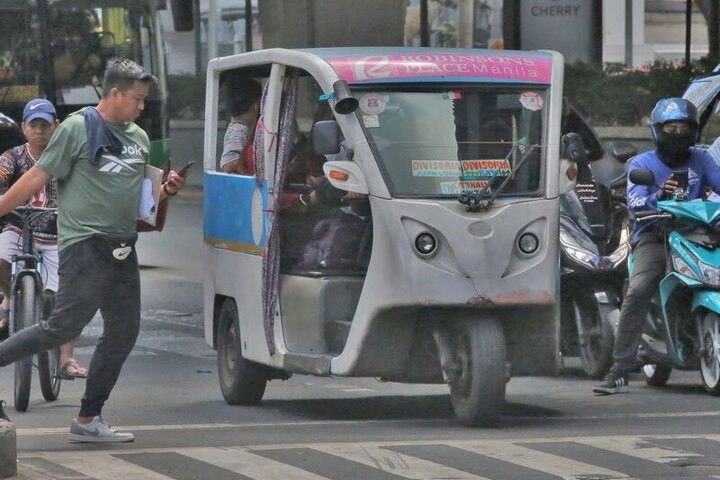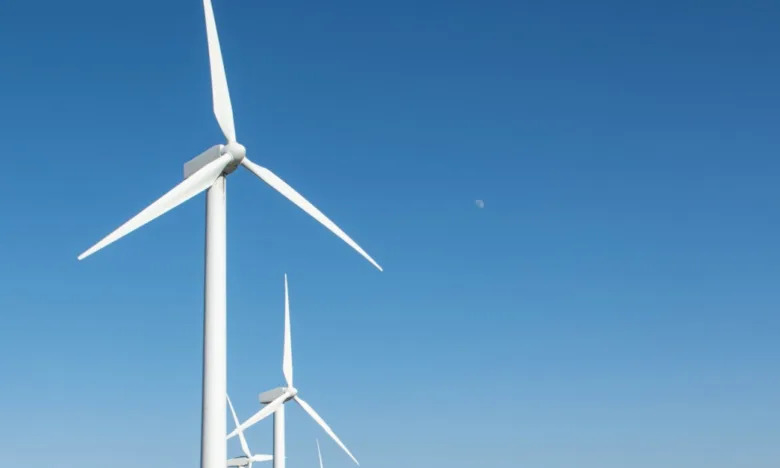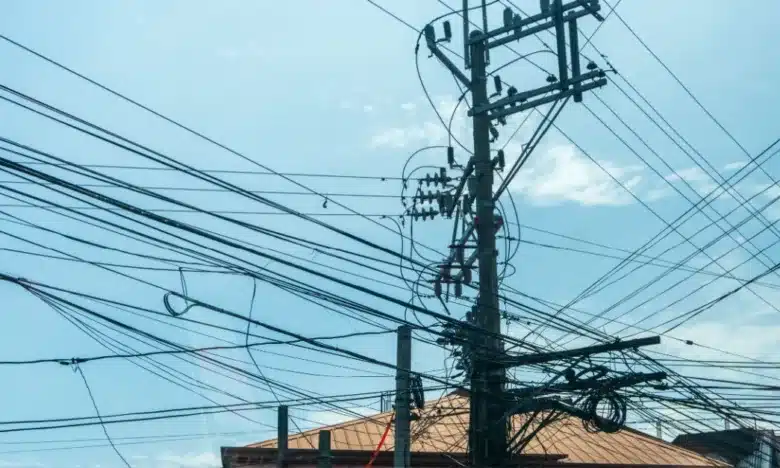
Understanding E-Bike Rules in Metro Manila: A Guide for Residents and Commuters
- May 14, 2024
The rise of e-bikes and e-trikes in Metro Manila signifies a shift towards eco-friendly transportation, but it’s not without its challenges. As these electric vehicles (EVs) become increasingly popular, safety concerns have prompted the Metro Manila Development Authority (MMDA) to enact new regulations, reshaping how residents and commuters navigate the city streets.
Green Promise, Safety Imperative
Traffic congestion and air pollution continue to plague Metro Manila. The Department of Environment and Natural Resources (DENR) has long attributed approximately 80% of urban air pollution to vehicle emissions. E-bikes and e-trikes, powered by electricity, offer a potential solution.
Studies suggest that these EVs can significantly reduce greenhouse gas emissions compared to traditional gasoline-powered vehicles. This reduction in emissions contributes to improved air quality in urban areas. On the other hand, the rapid rise in e-bike usage has also raised concerns about safety.
In 2023 alone, the Land Transportation Franchising and Regulatory Board (LTFRB) recorded over 550 e-bike-related accidents in Metro Manila. This data highlights a disproportionate impact on vulnerable road users like pedestrians and cyclists.
Compounding these concerns is the lack of international standards for e-bike manufacturing. A Mongabay article highlights this issue, pointing out significant variations in safety features and overall quality across different e-bike models, potentially contributing to accidents.
Navigating Restricted Roads
In response to mounting safety apprehensions, the MMDA implemented Regulation No. 24-022 on April 15, 2024. This regulation restricts e-bikes and similar vehicles from operating on major roads.
If you are an e-bike rider, it is crucial to be aware of the restricted zones. You cannot operate e-bikes or e-trikes on any of the following roads under the MMD’’s jurisdiction:
- C1: Recto Avenue
- C2: Pres. Quirino Avenue
- C3: Araneta Avenue
- C4: EDSA
- C5: Katipunan/CP Garcia
- C6: Southeast Metro Manila Expressway
- R1: Roxas Boulevard
- R2: Taft Avenue
- R3: SLEX
- R4: Shaw Boulevard
- R5: Ortigas Avenue
- R6: Magsaysay Blvd./Aurora Blvd.
- R7: Quezon Ave./Commonwealth Ave.
- R8: A. Bonifacio Ave.
- R9: Rizal Ave.
- R10: Del Pan/Marcos Highway/McArthur Highway
- Elliptical Road
- Mindanao Avenue
- Marcos Highway
Operating an e-bike in a restricted zone or violating the regulation can result in hefty fines and penalties. Violating the regulation will incur a fine of P2,500.
While MMDA regulations govern major roads, local ordinances may dictate rules for secondary and inner streets. Thus, consulting local authorities before embarking on a journey is advisable to avoid inadvertent violations.
Note: This list is current as of February 28, 2024. The MMDA may add or remove restricted roads over time. For the most up-to-date information, consult the official MMDA website.
Charting the Course Ahead
The enactment of Regulation No. 24-022 has sparked debates across Metro Manila, pitting advocates for improved traffic flow and safety against proponents of accessible and sustainable transportation options. Discussions on stricter regulations have been ongoing, with the LTO already issuing guidelines for e-vehicle classification and operation.
Discussions about stricter regulations have been ongoing since 2020. The LTO already issued guidelines in 2021 (AO No. 2021-039) for electric vehicle classification, registration, and operation. Here’s a breakdown:
- E-bikes with speeds under 25 kph generally don’t require registration or a license and are limited to private and barangay roads.
- E-bikes with speeds of 26-50 kph can use local roads but must use the outermost lane and can only cross main roads and national highways, not travel along them.
- E-trikes can access local and tertiary national roads, but drivers technically need a license.
- All electric vehicles are prohibited on limited access highways like SLEX.
Concurrently, DILG MC No. 2023-195 has proscribed tricycles on national highways, though it doesn’t explicitly mention e-vehicles.
The trajectory of e-bikes in Metro Manila hinges on a balanced approach that factors in both environmental sustainability and the safety of all road users. Advocacy groups such as the Bikers United Movement persistently advocate for infrastructure enhancements, advocating for better bike lanes seamlessly integrated with city traffic.
Moreover, the LTO is considering more stringent regulations, including mandatory registration and licensing of all e-vehicles, regardless of their speed, to ensure accountability and enhance road safety.



